Business
What’s the difference in wood types for sheds?
What’s the difference in wood types for sheds?
So you’ve decided on a wooden shed, but you’re now confused as to which type of wood to choose for it. Don’t stress it, you’re not the only person in this predicament. We’re going to walk you through the main wood type options available for Wooden Sheds on the Irish market and help you make buying your next shed a little easier.
2024 update:
We’ve made this blog into a video. See the difference between these wood types in our youtube video below:
Wood Styles
The first thing to look at is the style you want. Wood style relates to how the wood is pieced together and how they look because of this. Some overlap and some click in together, for example. There are three main wood styles available on the Irish Market. They might go by different names elsewhere but in general, they’re known as:
- Rustic
- Deluxe
- Barrel Board
We’ll look at them in more detail shortly, but before we do, it’s important to note that all our Wooden Sheds:
- Are Nailed and not Stapled
- Are made with quality wood, toughened glass and galvanised hardware
- They all have heavy-duty green mineral felt on our roofs (but you can upgrade this to steel if you want).
- Have a 1-year Guarantee
Alright, onto the differences between the woods:
Rustic Wood
This is the most affordable wood style and rustic wood is generally about half as thin as our other woods. The wooden planks used here are overlaid onto each other, which creates a shingle-like appearance. While pleasant to look at, the overlapping wooden planks create small openings, which expose it to the elements. You can see these gaps in the cross-section here:
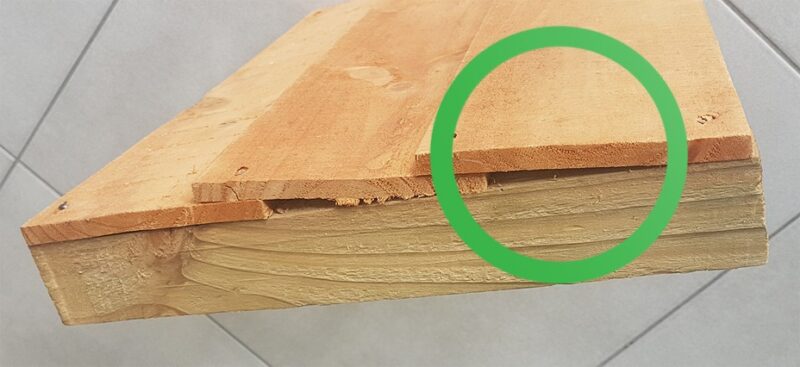
These gaps mean that rustic sheds are liable to damp and as a result, we don’t recommend storing anything in a Rustic Shed that can be damaged by damp or frost. The elements will find a way into a rustic shed. We don’t put an inner membrane lining into Rustic Sheds, as it would just be damaged by the weather. Rustic Sheds are popular because of their price-point and very little else. If you’re only looking for a good-looking place for the garden shears, rakes etc., this might be the shed style for you.
Details:
- 10mm overlap boards
- 16mm butt-jointed roof & floor
- This shed can be pressure treated – however rustic pressure treated shed do not come with an internal membrane lining, as the gaps created by the overlapping wood would render it useless.
Deluxe Wood
The Deluxe wood is a step up from the Rustic in terms of its construction. The wood itself is almost twice as thick as the Rustic style. Deluxe wood clicks in together through a ‘tongue-and-groove’ connection. This keeps the shed considerably more air-tight than the Rustic Sheds and it’s safer to store items in Deluxe sheds than in Rustic sheds. You can see that there are no clear gaps in the wood to allow rain etc in through:
Deluxe wooden sheds are popular for their appearance, robust construction and because the internal lining that comes with the pressure-treatment upgrade helps regulate the internal temperature.
Details:
- 22mm kiln-dried, planed weather sheeting with a tongue and groove roof and floor.
- The Deluxe Shed Can be pressure treated.
- Deluxe Sheds that are pressure Treated come with an internal membrane lining to maintain the temperature.
Barrel Board
The Barrel Board style is very similar to the Deluxe shed in its construction. It’s also 22mm thick, tongue-and-groove wood, but with the main difference between them is the barrelled appearance. Barrel Board is smooth to the touch and it’s a popular choice for playhouses, as it has less chance of splintering than other wood types.
Barrel Board only comes pressure treated, it is not available without pressure treatment. As such, it has a higher starting price-point than any other wood type.
Details:
- 22mm kiln-dried, planed weather sheeting with a tongue and groove roof and floor.
- All Barrel Board Wooden sheds come pressure treated as standard. You can’t get an untreated on a barrel board shed.
Okay, so you’ve chosen your style, but now you’re wondering about Pressure-treating it. Personally speaking, if you can afford it, I say that it’s worth every penny.
Pressure Treated Wood
Pressure Treating isn’t a Wood Style, but rather a treatment that can be applied to any of the above wooden styles to help preserve the wood. We push preservatives and other treatment into the wood at high pressure, so that it soaks through the wood. This isn’t just a top layer coating, the wood is treated through-and-through.
It’s done to protect against the elements, fungus and rot. It makes your shed stronger and it should last considerably longer than an untreated shed. You won’t have to worry about upkeep either, as when it’s treated, your shed will require very little maintenance – there’s no need for the annual varnish! When you compare the cost of the difference in untreated and pressure treated shed against the cost of annual treatments (and the time involved!) it’s usually a fairly simple choice to punt for pressure-treatment.
The downside is that Pressure Treated sheds do get a very slight silver-greenish hue to them over the years, due to the treatment. In the image below, you can see the slight difference in colour – the left half of the picture is untreated and the right side is Pressure Treated. Some people aren’t fond of this discolouration and instead choose to forego the treatment varnish their shed annually with a colour of their own choice.
Pressure Treated Deluxe and Barrel Board sheds also come with an internal membrane which will control the internal temperature of the shed. This maintains a relatively consistent temperature inside the shed throughout the year. Pressure Treating is a great addition to a Deluxe Shed.
It’s important to note that pressure-treating a Rustic Sheds don’t give it the same benefits as a Deluxe Shes. As these sheds are made with overlapping board, they are liable to have damp enter them. As such, they can’t be lined with the internal membrane.
Summary
And that’s it. Check out our Wooden Sheds to get prices and should you have any questions, don’t be afraid to get in touch – call us at (01)864 4247, or message us on Facebook.


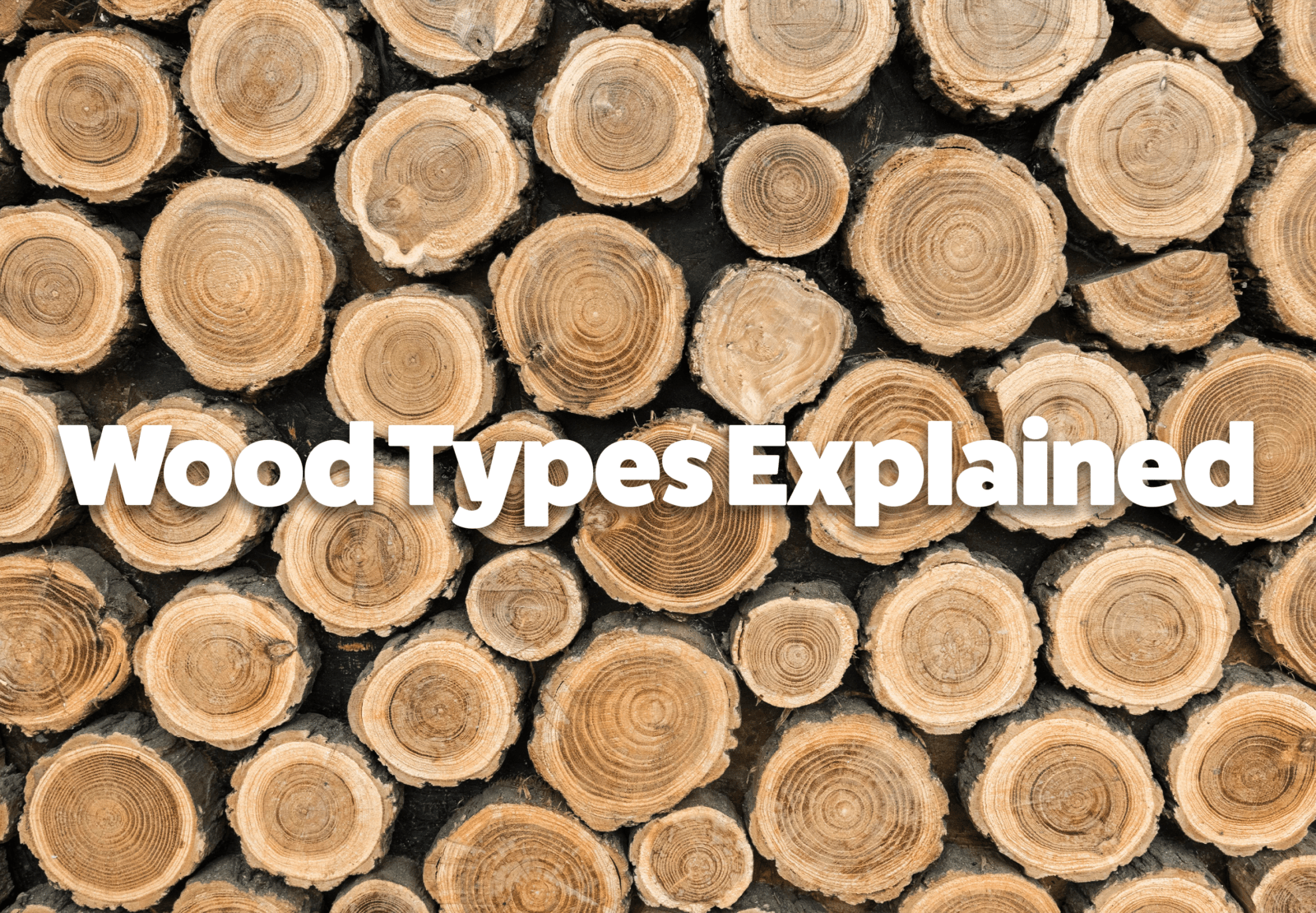
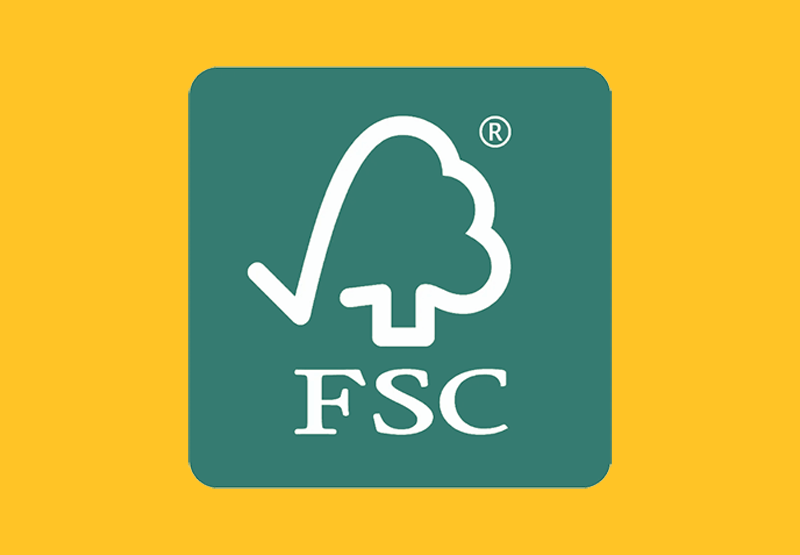
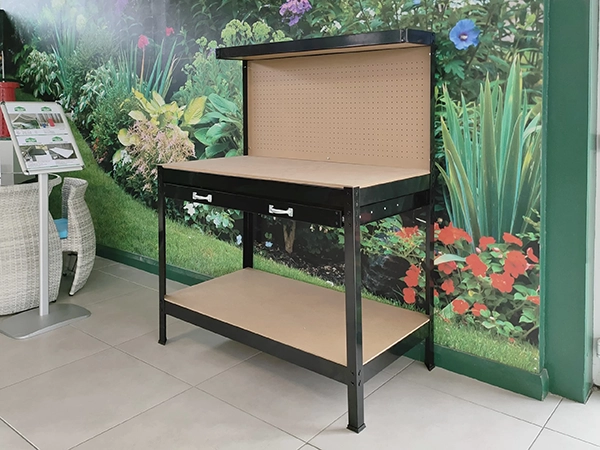
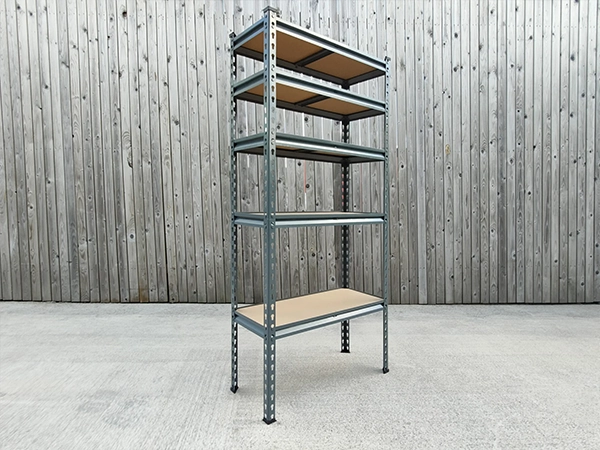
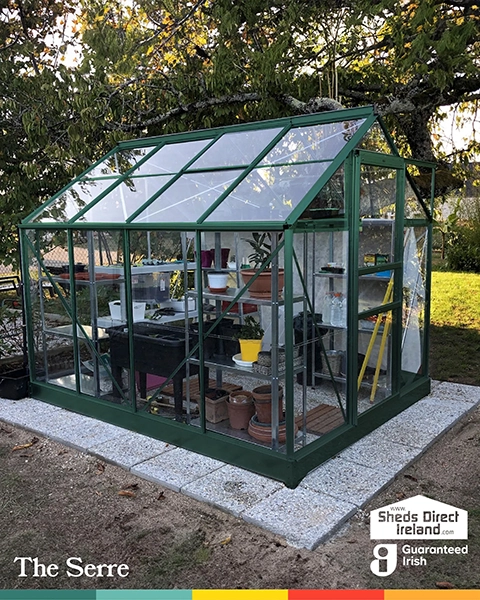
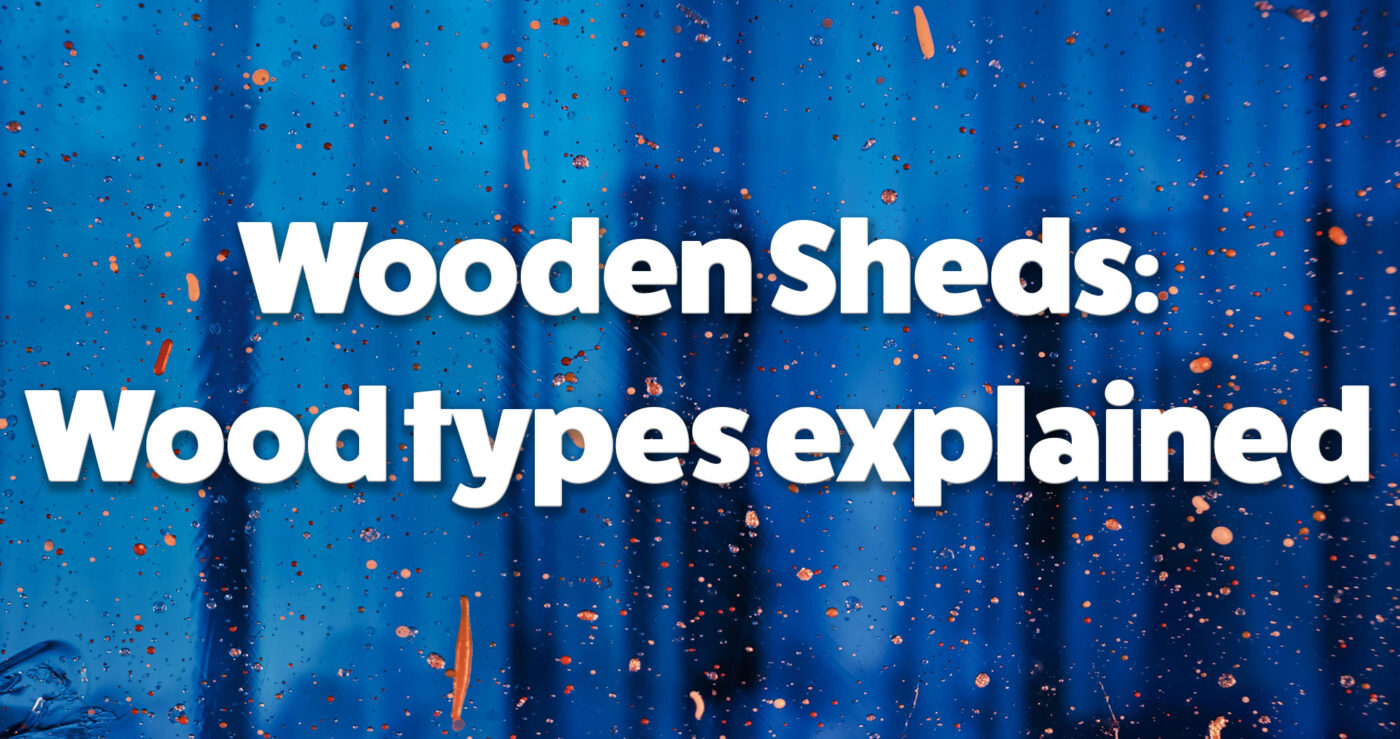
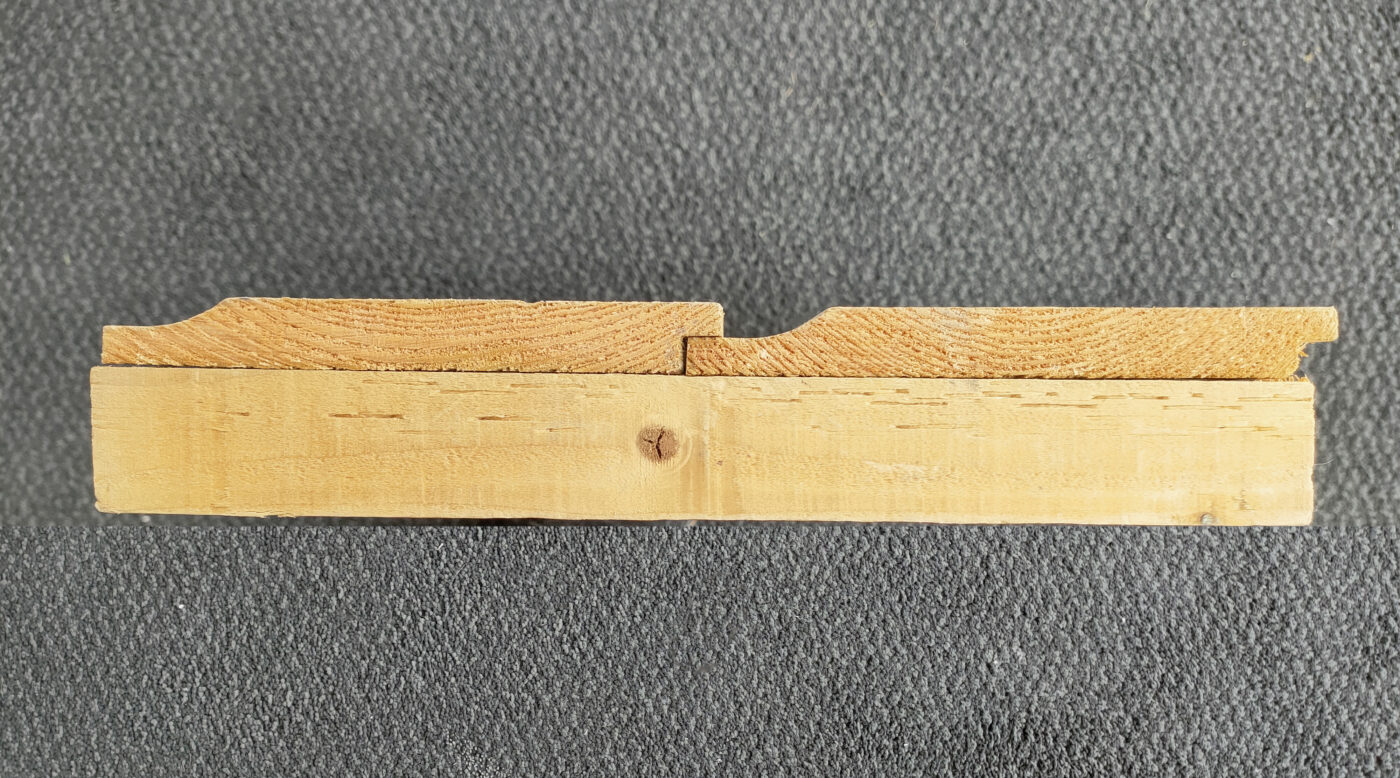
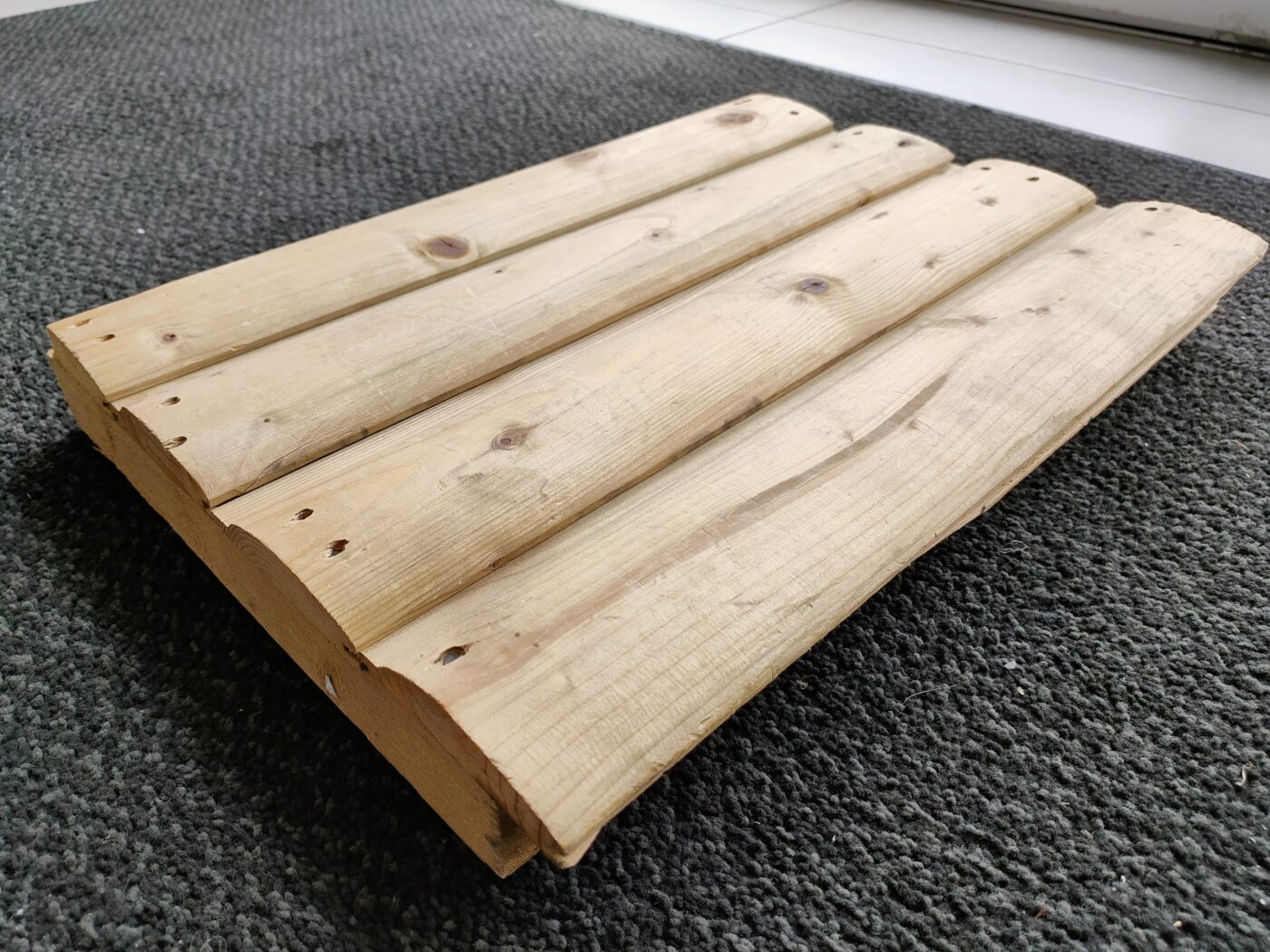
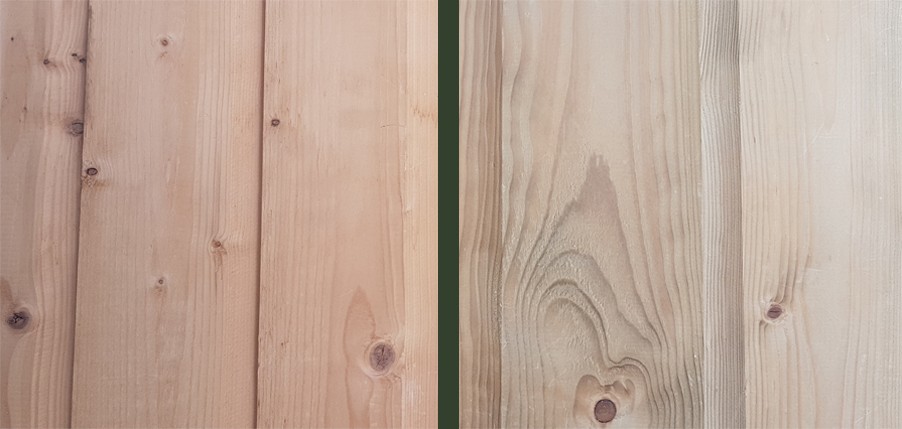
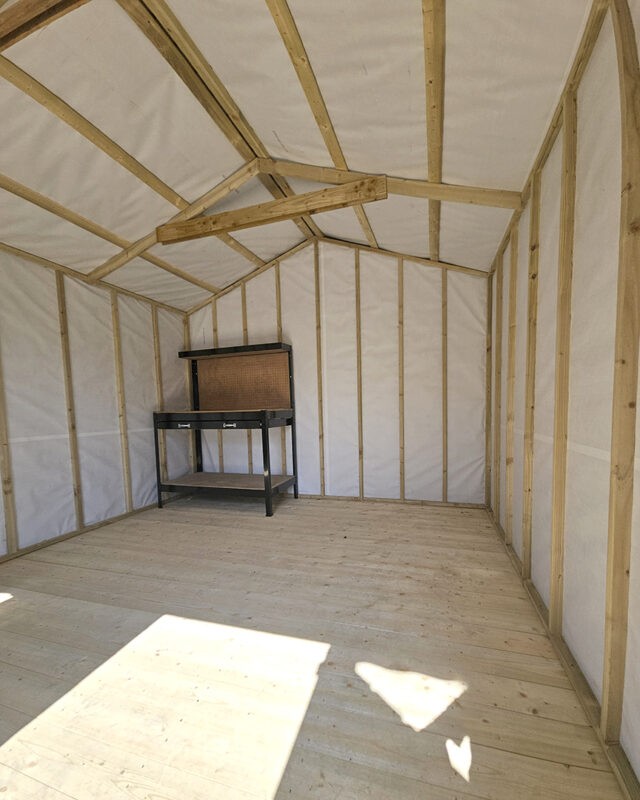
Pingback: Shed Cost in Ireland : The Definitive Guide - Sheds Direct Ireland